Scott #25A, a United States three-cent stamp, is an embodiment of the Type II design, closely mirroring the design elements of Scott #10A and #11A. This stamp plays a crucial role in the American philatelic narrative, offering a blend of historical significance and distinct design features.
Design & Print
Scott #25A is characterized by its Type II design, which is primarily distinguished by the presence of an inner frame line on the left and right sides, a feature absent in Scott #25. The design of Scott #25A includes four complete outer frame lines, coupled with recut inner vertical frame lines. This design difference, while subtle, is a critical element for identification, setting Scott #25A apart from other types.
Postal Usage
As a three-cent stamp, Scott #25A was predominantly used for the standard letter rate. It was necessary to use multiple stamps for heavier or longer-distance mailings, such as double, triple, or higher-rate letters. For postage to California, classified as a double letter rate due to the distance exceeding 3,000 miles, six cents was required, typically covered by two Scott #25A stamps. Scott #25A was also utilized in international postage, supplementing the 10 and 20-cent rates with 3-cent strips or singles. During this era, prepayment of envelopes was optional, often leading to recipients paying postage upon delivery, especially for mail sent to foreign destinations.
Identification
Identifying Scott #25A involves looking for the defining characteristics of the Type II design. The presence of four complete outer frame lines along with recut inner vertical frame lines is indicative of Type II. The inclusion of inner frame lines on Scott #25A is a crucial distinguishing feature, pivotal for accurate identification and classification of this stamp.
Scott #25A, with its Type II design, holds a significant place in U.S. postal history. Its specific design attributes, particularly the presence of recut inner frame lines, combined with its widespread usage in both domestic and international mail, highlight its importance in the broader context of American philatelics. Understanding the design intricacies and postal applications of Scott #25A provides a deeper appreciation of its role in the history of American postage and collection.

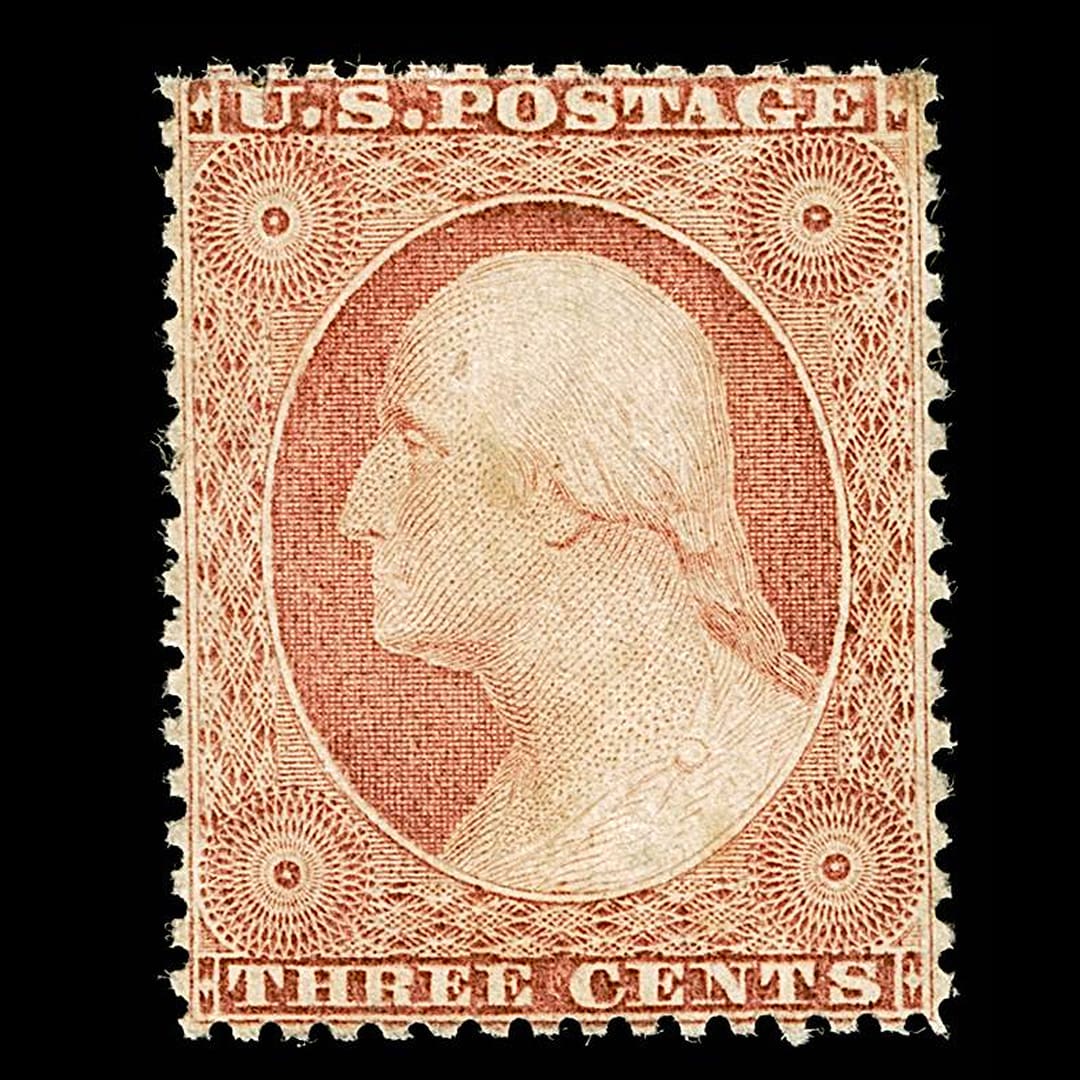

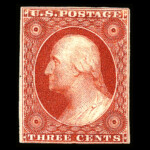
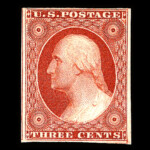
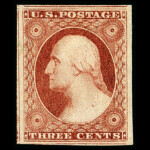
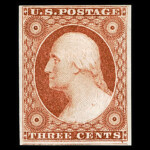
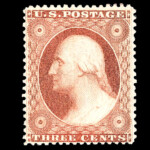
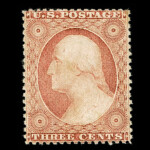
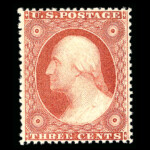
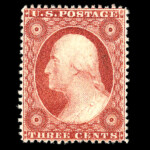
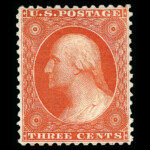
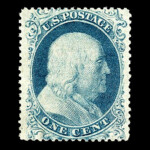
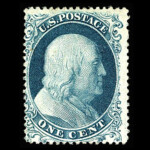
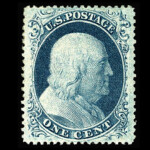
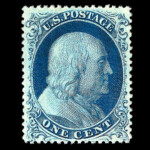
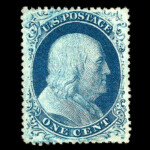
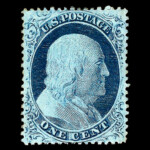
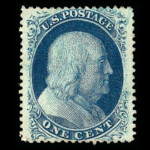
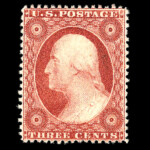
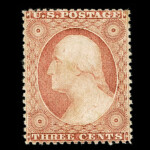
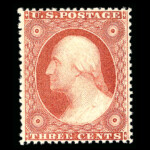
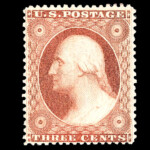
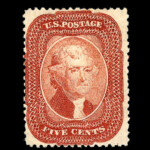
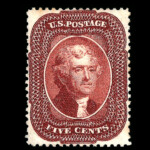
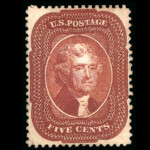
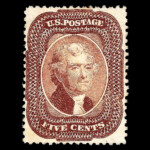
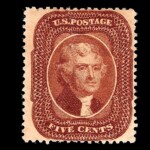
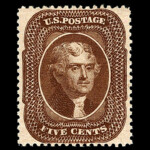
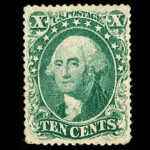
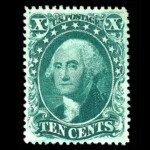
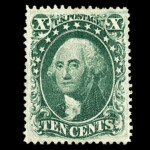
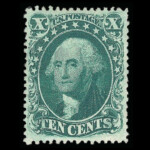
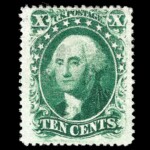
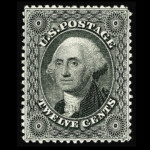
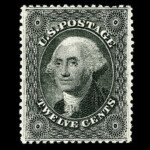

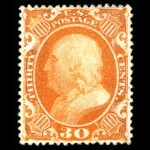
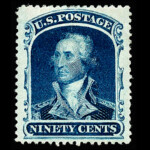












Ask A Question Or Leave A Comment